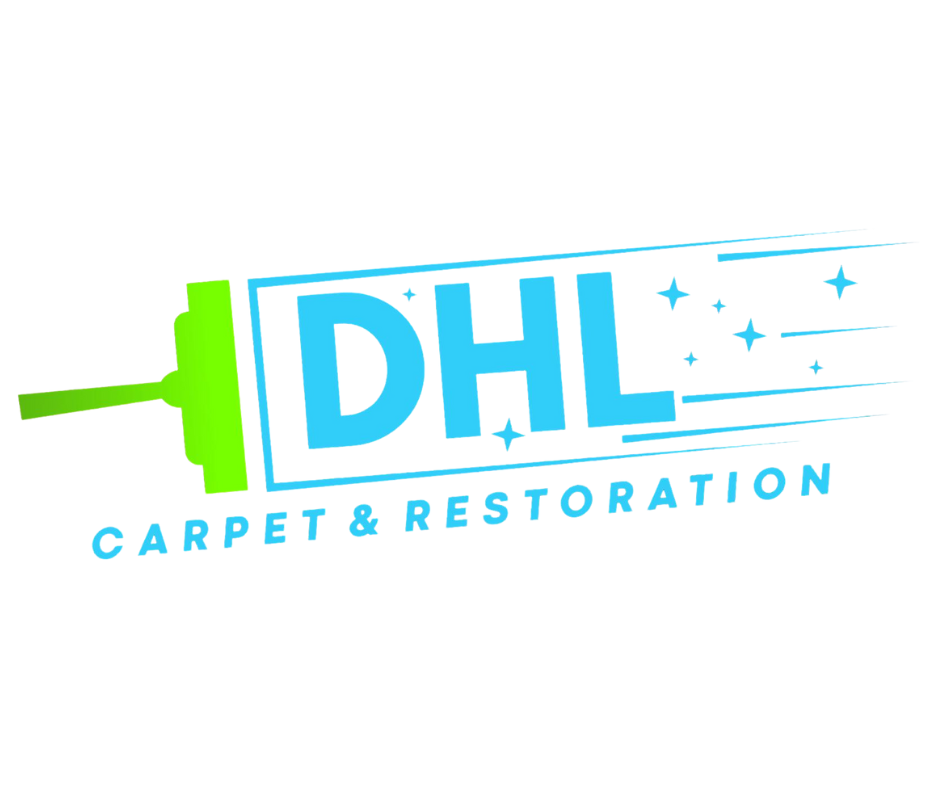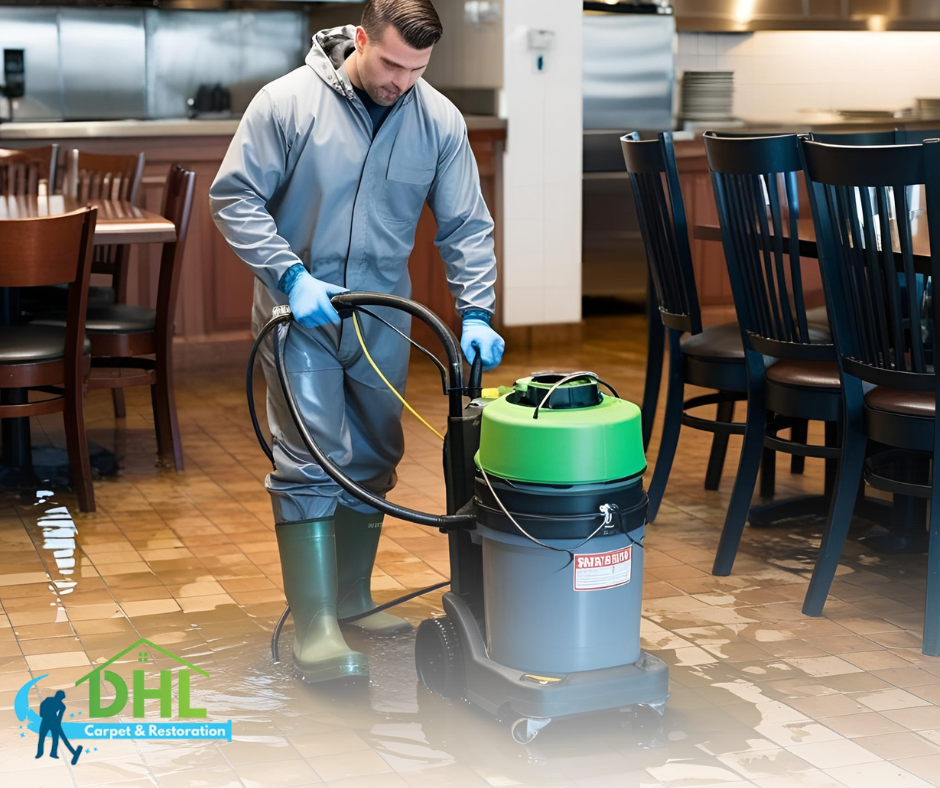Water damage is not just a residential concern—it’s a serious threat to businesses of all sizes. Whether it’s a flooded office, a leaking roof in a retail store, or a burst pipe in a warehouse, the consequences can be costly and far-reaching. Property damage, operational downtime, and health risks can quickly escalate if not addressed promptly. When incidents occur, professional water damage restoration helps businesses recover quickly while minimizing long-term disruption.
Common Causes of Commercial Water Damage
Several factors can lead to water damage in commercial properties, and many stem from everyday systems businesses rely on. Plumbing failures are one of the most frequent causes, particularly in older buildings where aging pipes may crack or corrode. Even a small leak can disrupt business operations if it occurs in a high-traffic area or near electrical equipment.
HVAC systems also pose a risk when not properly maintained. Condensation lines and drainage systems can become clogged or overflow, especially during periods of high use. Roof leaks are another leading cause of interior water damage in commercial buildings. Damaged membranes, worn flashing, or heavy rainfall can allow water to seep in undetected, damaging ceilings, insulation, and valuable equipment.
Natural disasters like storms or flooding further compound the risk—particularly for ground-level businesses in flood-prone zones. Poor drainage systems, clogged gutters, or an overwhelmed sewer line can result in sudden and severe water intrusion.
Risks to Operations, Assets, and Safety
Water damage in a business setting affects more than just property—it puts operations, employees, and customers at risk. When water enters a commercial space, it can short-circuit electronics, destroy documents, and damage expensive equipment. In retail environments, soaked inventory may become unsellable, leading to direct financial losses.
More critically, excessive moisture can create conditions for mold growth and poor indoor air quality, posing health risks to staff and customers. Prolonged exposure to damp environments may violate health and safety codes, exposing business owners to legal liabilities or insurance complications. In some cases, business interruption caused by water damage can lead to lost revenue, damaged reputation, or even temporary closure.
Timely intervention is essential. Delays in cleanup or structural drying increase the severity of damage, raising both the cost and complexity of recovery.
Preventing Damage and Responding Effectively
Preventive maintenance is key to avoiding costly disruptions. Businesses should regularly inspect plumbing, roofing, and HVAC systems, especially before seasonal changes. Leak detection systems, sump pumps, and backup power solutions are valuable tools for reducing the risk of unexpected water intrusion.
When water damage does occur, a prompt response is critical. Professional water damage restoration teams use specialized equipment to extract water, dry affected areas, and restore the building to safe, operational conditions. These services help businesses minimize downtime, protect assets, and avoid long-term structural issues.
By staying proactive and knowing how to respond, business owners can significantly reduce the risks posed by water damage. Understanding the causes and taking action early can make the difference between a minor disruption and a major crisis.
Learn more about water damage restoration:
Hidden Water Damage Sources You Might Not Notice Until It’s Too Late
The Most Common Causes of Water Damage in Homes and How to Prevent Them

